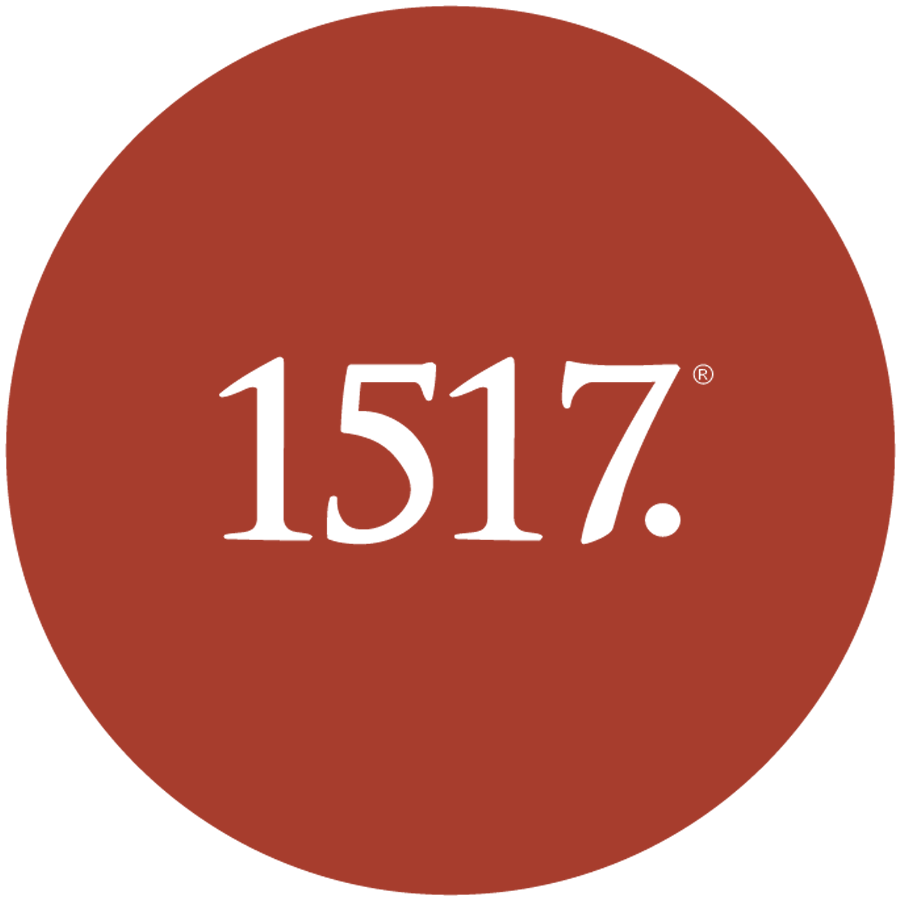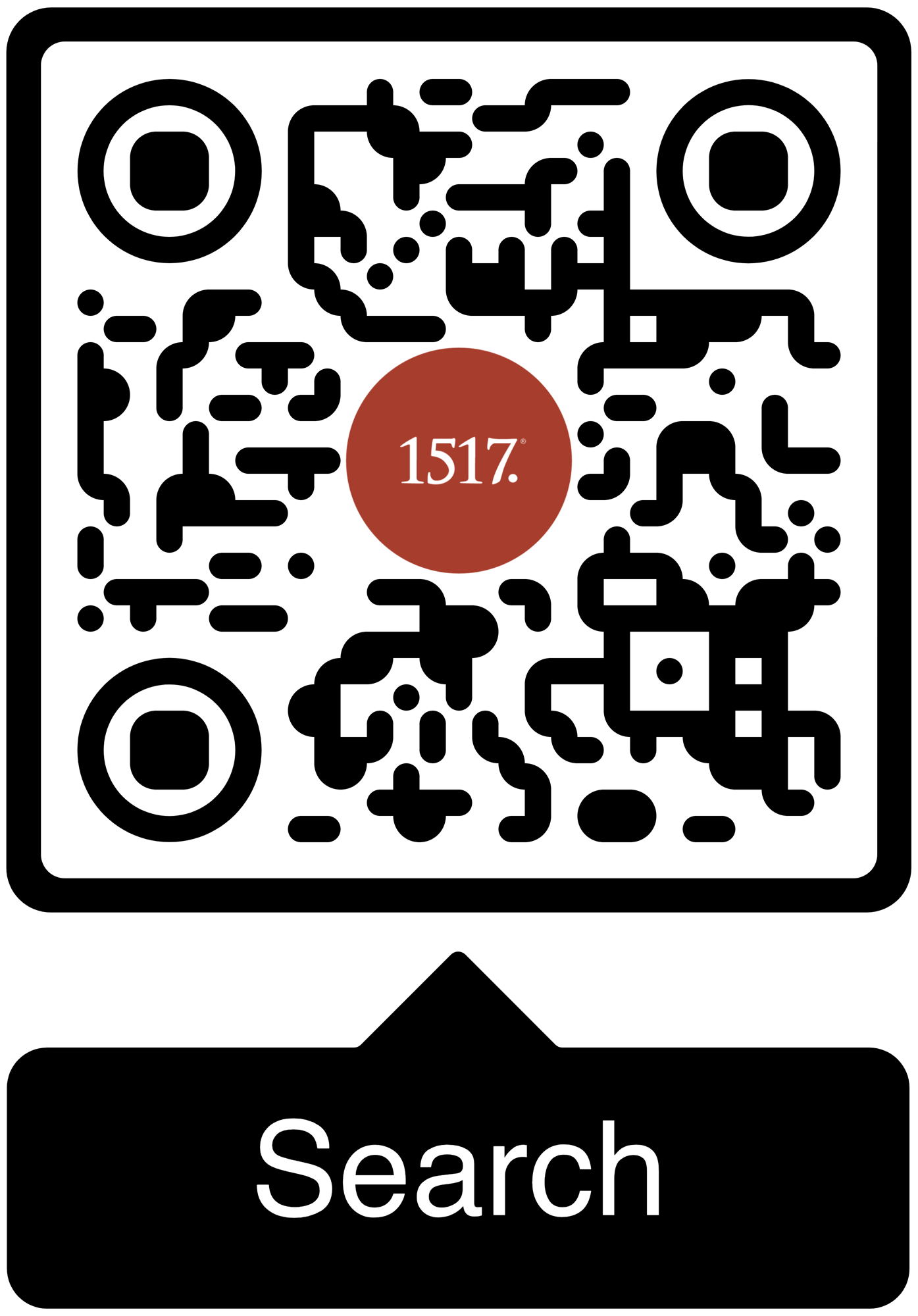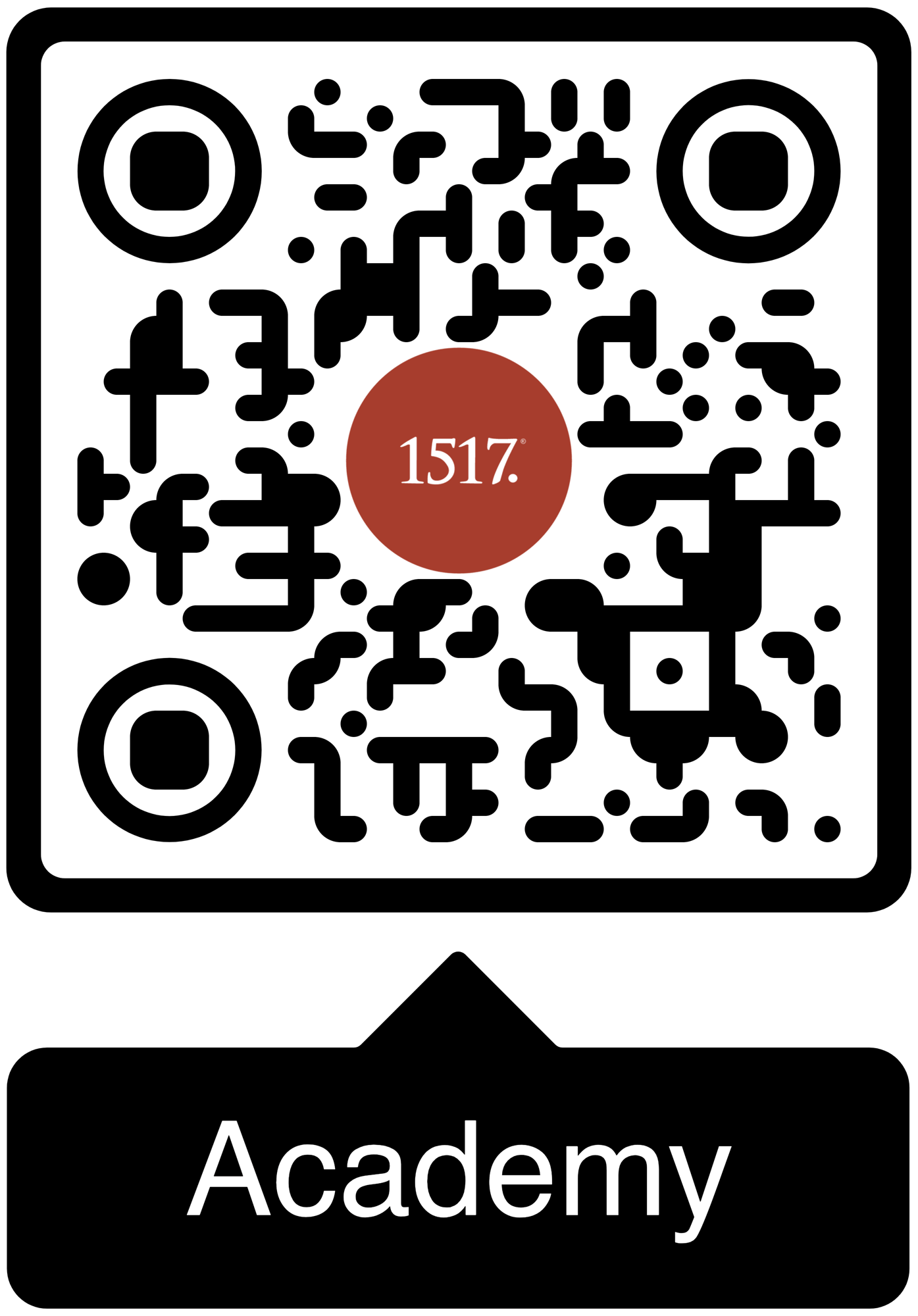When the “Book of Remembrance” is opened at the end of time there will be written on your ledger the words Jesus spoke to declare you righteous on account of His fully atoning death and glorious resurrection.
On this final Sunday of the Church Year, we see our Old Testament reading places God right in between two types of people. On the one hand, you have the sarcastic and mocking ones who are evildoers. When confronted by God for speaking hard words against Him, they reply snidely with, “What words” (3:13)? They are the ones who put God to the test and think they can get away with it (3:14-15). On the other hand, you have another type of person in our reading here as well. These ones are the those who “feared the Lord” (3:16). To them the Lord gave His gracious attention, and He remembered them and kept account of them in His book. The Lord claims the ones who have faith as His own, as He declares, “They shall be mine” (3:17). They are His segullah, His treasured possession. If you do a word search on segullah (Exodus 19:5; Deuteronomy 7:6; 14:2; 26:18; Psalm 135:4), you will produce a whole trove of preachable metaphors for the redeemed people of God. It is important to note that the only way we would be made His treasured possession would be by the life, death, and resurrection of His Son, when God did not “spare His only Son but gave Him up for us all” (Romans 8:32).
This is what makes for a very interesting connection to the appointed Gospel lesson for the day; Luke 23:27-43. Here, you have the crucified Jesus hanging between two criminals. On the one hand, you have one who by his questions mocks Jesus and God (23:39). While, on the other hand, you have one who in humility acknowledges the injustice of Jesus’ suffering and confesses Him as Lord by asking Jesus to account for him, to remember him, when He comes into His Kingdom. Jesus, in mercy and grace, spares this dying man and says: “Truly I say to you, today you will be with Me in Paradise” (23:43). This is a remarkably similar picture to our Old Testament reading.
On this Last Sunday of the Church year, Christ the King is sitting in judgment between these two criminals and only one is declared His own and granted entrance into His Kingdom. Malachi reminds us of the impending judgement of the whole world on the last day. Thanks be to God that our judgement day has already taken place on Calvary where you are declared forgiven and free on account of Christ shed blood. When the “Book of Remembrance” is opened at the end of time (Revelation 20:12-15) there will be written on your ledger the words Jesus spoke to declare you righteous on account of His fully atoning death and glorious resurrection.
Thanks be to God that our judgement day has already taken place on Calvary where you are declared forgiven and free on account of Christ shed blood.
This is a fun sermon to connect the Old Testament and Gospel lesson together for preaching. If you use a Compare and Contrast Structure, Malachi and Luke will have a nice bookend for your sermon which can help your hearers appreciate the work of Christ for them.
“This structure systematically explores relevant similarities and/or differences between two topics to accomplish a purpose for the hearer. In this sermon, the purpose of comparing/contrasting is crucial. While proverbial wisdom says you cannot compare apples and oranges, the preacher responds you most certainly can, depending upon what your purpose is. The sermon, thus, does more than simply inform hearers of similarities and/or differences. It uses that information for a purpose, and that purpose often makes a difference in their lives. For example, one could compare/contrast the teaching in an adult bible class with the teaching in the Sunday sermon for the purpose of encouraging hearers to attend both worship and bible class.
In presenting this information to the hearers, the preacher has a choice of two approaches. He can work whole-to-whole (in other words, offering all the individual items of one topic before proceeding to a listing of the individual items of another topic: A1, A2, A3, and B1, B2, B3). For example, the preacher may compare and contrast Mary and Martha or the Pharisee and the Publican. Or the preacher can work part-to-part (in other words, offering one item from each topic and then proceeding to the next item: A1/B1, A2/B2, A3/B3). In part to part, a larger theme will be present for the hearers that slowly unfolds through the comparison. For example, the preacher may articulate the theme of repentance by comparing and contrasting Peter and Judas or he may articulate the theme of preaching the Kingdom of God by comparing and contrasting John the Baptizer and Jesus.
The choice of approach is often based on the balance of information you have and what you desire your hearers to remember. Whole-to-whole encourages them to remember the topics (like, Mary and Martha); part-to-part encourages them to remember the items that compose the topics (like, the stages of temptation found in both the fall of Eve and the fall of David into sin).”[1]
------
Additional Resources:
Craft of Preaching-Check out out 1517’s resources on Malachi 3:13-18.
Concordia Theology-Various helps from Concordia Seminary in St. Louis, MO to assist you in preaching Malachi 3:13-18.
Lectionary Kick-Start-Check out this fantastic podcast from Craft of Preaching authors Peter Nafzger and David Schmitt as they dig into the texts for this Sunday!
The Pastor’s Workshop-Check out all the great preaching resources from our friends at the Pastor’s Workshop!
----
[1] https://concordiatheology.org/sermon-structs/thematic/comparisoncontrast/





